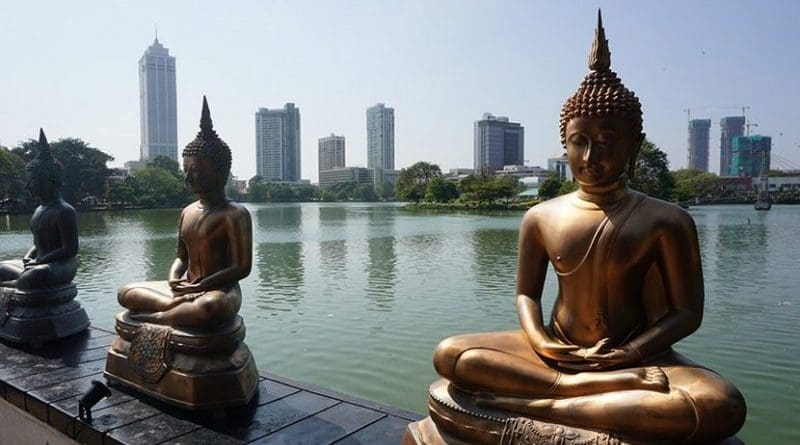Sri Lanka Economic Growth Seen Picking Up In 2019
Sri Lanka’s current account deficit will drop to 2.5% of GDP in 2019 with the recovery in agriculture exports, the continued increase in tourist earnings, and a slowdown in vehicle imports, Senior Country Economist at ADB’s Sri Lanka Resident Mission Utsav Kumar told journalists in Colombo.
Kumar said Sri Lanka’s economic growth is projected to pick up to 3.6% in 2019 and further to 3.8% in 2020 from 3.2% in 2018.“While the economy is projected to recover over the next two years, for Sri Lanka to sustain and accelerate growth, fiscal and structural reforms remain essential.
Addressing policy constraints will be critical to avoiding repeated macroeconomic pressures and to generating sustained sources of foreign exchange earnings,” Kumar said.
Proposals announced in the 2019 budget will support private expenditure and thus growth. The public investment to gross domestic product (GDP) ratio is expected to pick up and will be an impetus to investment and the construction sector. Overall, the budget aims to keep the primary balance in surplus in 2019 and 2020 and reduce the fiscal deficit further, thereby maintaining the path of fiscal consolidation.
Headline inflation, as measured by the national consumer price index, is expected to inch up to 3.5% in 2019 and further to 4 % in 2020 stemming from a pickup in economic activity, base effect for inflation, and a strengthening in nonfood and core inflation observed since late 2018 and early 2019.
A recovery in agriculture exports, continued increase in tourist earnings, and a slowdown in vehicle imports will contribute to a decline in current account deficit. Though the impact of Brexit on the overall Sri Lankan economy is estimated to be marginal, a downside risk to the garment sector emanates from a no-deal Brexit scenario involving a possible tariff escalation between Sri Lanka and the United Kingdom. The large repayments on account of external debt servicing and political uncertainties may affect market sentiment and exert pressure on the Sri Lankan rupee.
A key policy challenge for the Sri Lankan economy is recurrent weather-related disasters in 2016 and 2017 that have had multiple impacts as evidenced by slow economic growth, high domestic food prices, a high oil import bill, high government spending and high number of food insecure households limiting daily minimum calorie intake.
With a large proportion of the population close to the poverty line, gains made in poverty reduction over the past two decades may be at risk from exposure to disasters. Sri Lanka needs to focus on areas prone to disasters and to move toward a more disaster-resilient economy by preventing and mitigating consequences of weather-related hazards. Efforts also need to be made toward mobilizing institutional capacity.

